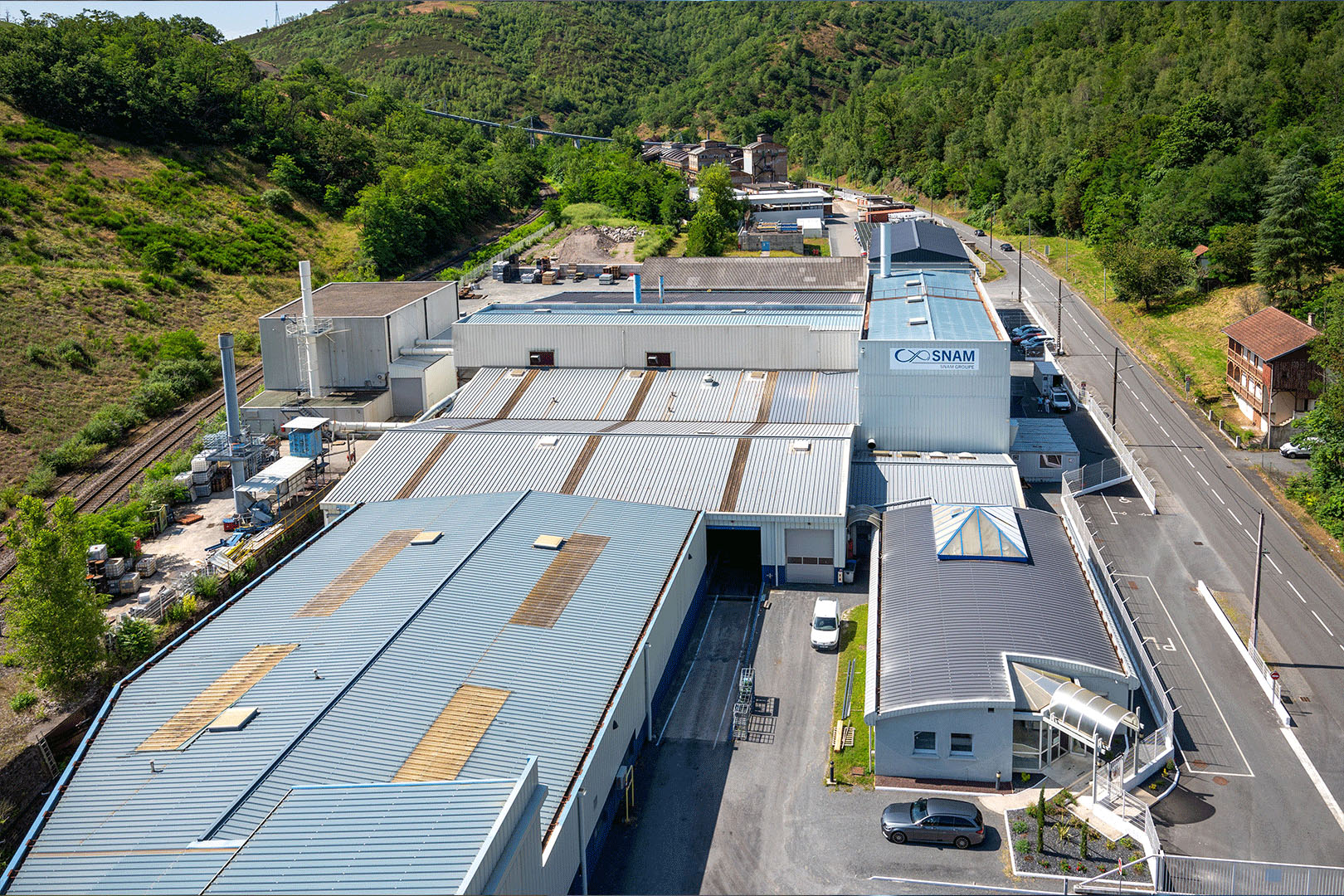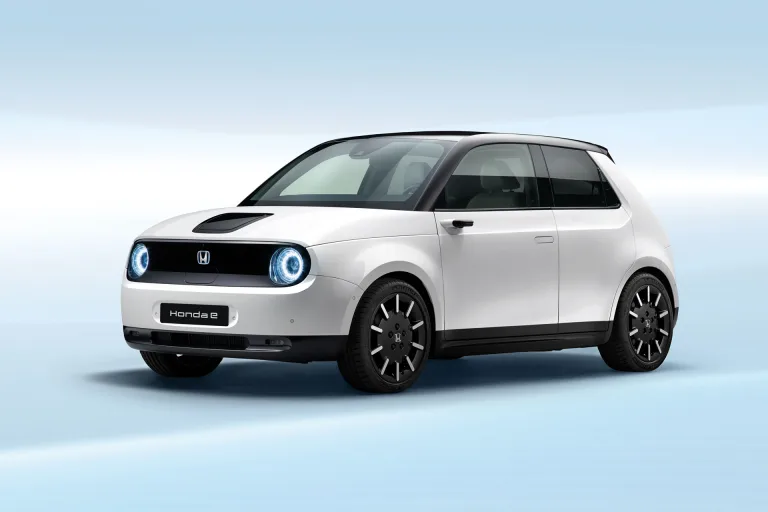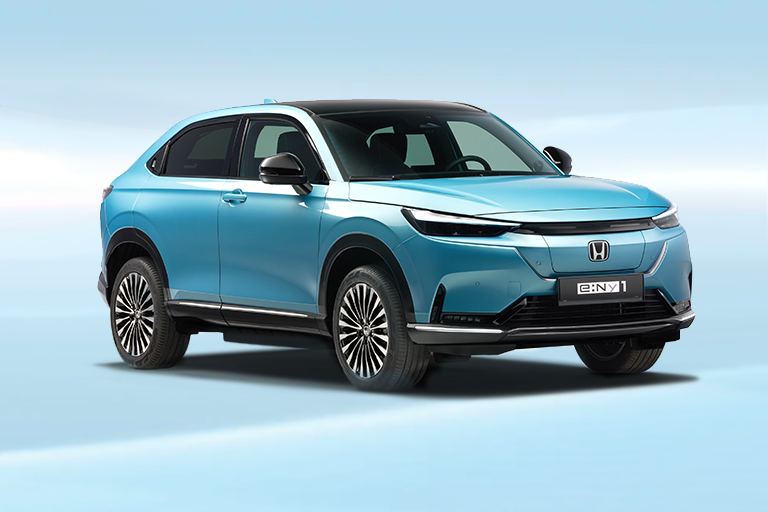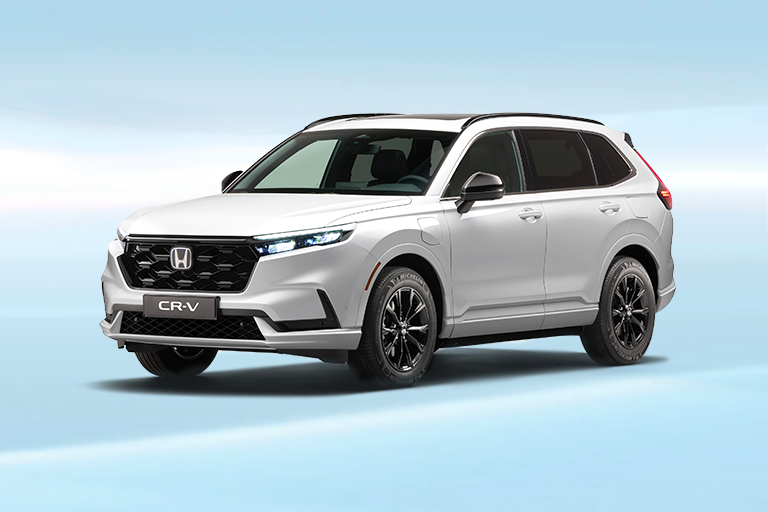While an EV battery may lose capacity over time, it rarely becomes redundant. In fact, Honda is leading the way in giving batteries a productive second life. Here’s how they’re doing it and why it’s a vital part of the future energy ecosystem.
Responsible Collection & Health Assessment
Honda has established a partnership with SNAM (Société Nouvelle d’Affinage des Métaux) to collect used batteries from EVs and hybrids across 19 European countries.
Once these batteries are collected, they go through a comprehensive health assessment to determine their potential. They are sent for material recovery and recycling ensuring that no battery is wasted unnecessarily, and the valuable materials are either reused or reintegrated into the manufacturing process.
SNAM Recycling Process (sourced from https://www.snam.com/en/home-2/)
Real-World Application: Second-Life Projects in California
Honda has demonstrated the success of such second-life battery systems with real-world installations. In California, retired Honda Clarity EV batteries have been deployed in a grid-scale energy storage system.
This facility stores solar power and releases it during high-demand periods, easing the strain on the local grid. The system not only lowers emissions by capitalising on clean energy, but also provides a more cost-effective alternative to new battery setups.
With strong performance in demanding environments, these projects prove that yesterday’s EV batteries can become critical infrastructure for tomorrow’s energy needs.
Advanced Recycling for Critical Materials
In Europe, its partnership with SNAM uses hydrometallurgical recycling methods (a metal recovery process with up to 93% efficiency that utilises water-based chemistry to extract valuable metals from materials) to extract lithium, cobalt, copper, and nickel, which are then reused in new batteries or other industries.
In North America, Honda has teamed up with Ascend Elements and Cirba Solutions. These companies specialise in recovering high-purity materials and reintegrating them into the battery production supply chain. This creates a closed-loop system, helping to reduce environmental impact and improving supply chain resilience by keeping materials in circulation.
The Emerging Role of Home Storage
While Honda hasn’t introduced a home battery system, its infrastructure and partnerships open the door to future possibilities in residential energy storage solutions.
In the not-so-distant future, it’s conceivable that second-life Honda batteries could be used in homes to store solar energy, capture low-cost electricity at night, or provide backup power during outages. This would offer homeowners a meaningful way to reduce their energy bills and reliance on the traditional grid, while contributing to a cleaner energy future.
A notable example comes from B2U Storage Solutions, a U.S. tech company that has made significant strides in repurposing EV batteries, many sourced from Honda Clarity vehicles, for grid-scale energy storage. Their hybrid solar-plus-storage systems in California, such as the Sierra and Cuyama facilities, store excess solar or off-peak electricity and then discharge it during peak demand.
While these installations serve utilities and commercial operations rather than homes, they prove that second-life EV batteries are both practical and scalable for large‑scale storage needs.
Why Battery Second Life Matters
Giving EV batteries a second life isn’t just a smart idea, it’s a strategic necessity.
Extending the lifecycle of these high-value components reduces the demand for raw material extraction, cuts carbon emissions associated with battery production, and enhances the resilience of both the grid and individual homes.
As EV adoption continues to grow, these systems will become even more important in shaping a circular and low-carbon energy future. From the road to the grid, and possibly your home, an EV battery’s journey doesn’t end at retirement.
It evolves.



